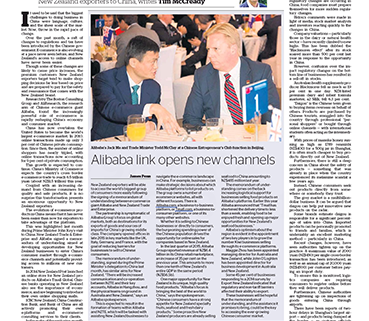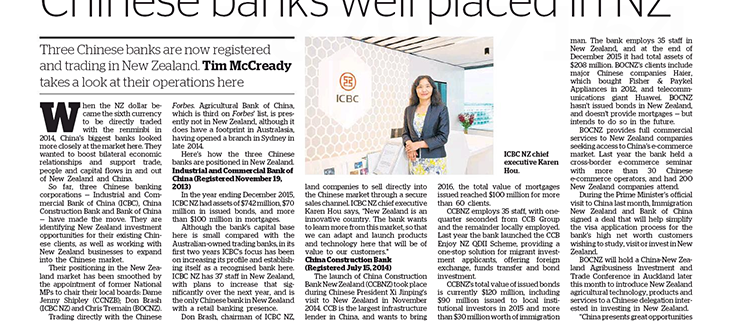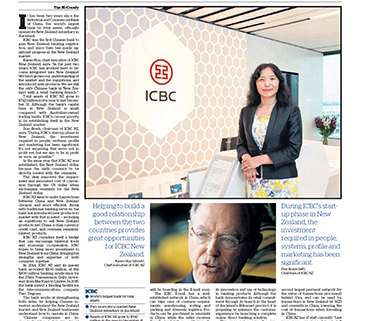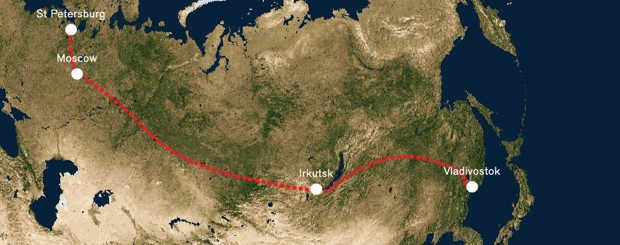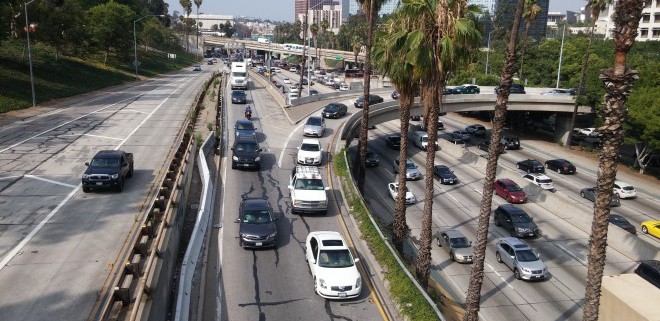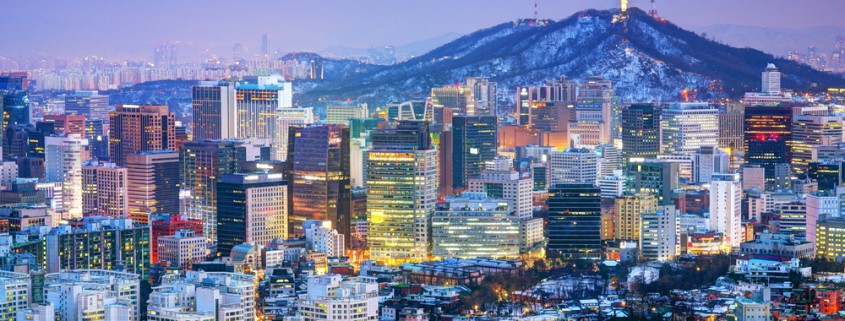Tripartite Summit: Sharing Culture through Animation
- Cartoon and animation has proven to be an excellent medium to successfully integrate culture and characters with a global audience.
- The Chinese animation and comic industry is worth US$15 billion, the Chinese gaming industry is worth over US$21 billion.
- Collaborative productions such as KungFu Panda (created by a joint venture with Dreamworks Animation) are finding global success.
“No matter where you come from, how old you are, or the language you speak, cartoon can be a helpful language. A translator.” – Tuo Zuhai
Tuo Zuhai from the China Animation Comic Game Group begun his presentation at the Tripartite Economic Summit by asking the audience what they think of when they think of China. He has noticed that since the 2008 Summer Olympics, many people think of the five mascots that were associated with the Beijing Olympic games.
“No matter where you come from, how old you are, or the language you speak, cartoon can be a helpful language. A translator,” he said.
Cartoon is a great medium to tell Chinese stories, said Zuhai. Chinese history dates back thousands of years, and the Chinese government is now beginning to commission people to tell Chinese stories and share that history through the use of animation and cartoons.
Zuhai’s presentation gave three examples of how animation is helping to bring international cultures closer together: integrating Asian characters with world audiences, combining traditional culture with an innovative spirit, and local production combined with world production.
Integrating Asian characters with world audiences
Havoc in Heaven is a Chinese animated feature film that was created in the 1960s the height of the Chinese animation industry. The animation style, and drums and percussion soundtrack used in the film are heavily influenced by Peking opera traditions. Havoc in Heaven received many awards, and was warmly received by Chinese audiences, and also recognised internationally.
Gangham Style, a K-pop single by the South Korean musician Psy went viral worldwide in 2012. It became the first ever YouTube video to reach one billion views, and almost instantly became a household song around the world. The South Korean Ministry of Culture, Sports and Tourism commended Psy for “increasing the world’s interest in Korea.”
Zuhai gave Disneyland as an example of an American business integrating into China. With Disneyland opening in Shanghai in June, they have incorporated Chinese culture into their brand. The typical Disney characters that have come to be expected at Disneyland will be there – including Cinderella, Ariel, Mickey and Minnie Mouse.
But in addition to these, Shanghai Disneyland also includes a giant glass peony blossom, representing nobility and good fortune at the center of the famous fountain, the “lucky” cloud patterns have been painted on some spires of the iconic Disneyland castle, and a traditional dim sum restaurant is present in the Disneytown nightlife area.
Combining traditional culture with an innovative spirit
Monkey King, a film released in 2014, was based on a traditional Chinese classic novel ‘Journey to the West’, and tells the story of how the Monkey King rebels against the Jade Emperor of Heaven – a story about victory against hardships. The reason for the films box office success is because it created a new definition of the relationship between two leading characters. It demonstrated that in traditional Chinese culture, respect is essential – but it did this with a modern spin.
Local production combined with world production
Zuhai encouraged collaborative production. Dreamworks from the United States have a joint production with China on KungFu Panda.
“In 2012, DreamWorks Animation took a gamble and launched Oriental DreamWorks, a US$330 million joint venture that was the first of its kind,” said Zuhai. “What started with the launch of the original Kung Fu Panda film is paying off significantly, with the release of Kung Fu Panda 3 this year.”
The Chinese animation and comic industry is worth US$15 billion. The Chinese game industry is worth over US$21 billion. Every year, China produces more than 200 animation TV series, 50 animated films, and thousands of internet animation and comic products. Creative connections between Hollywood and China are growing, helping to spread culture internationally, and growing the economy of both nations.


